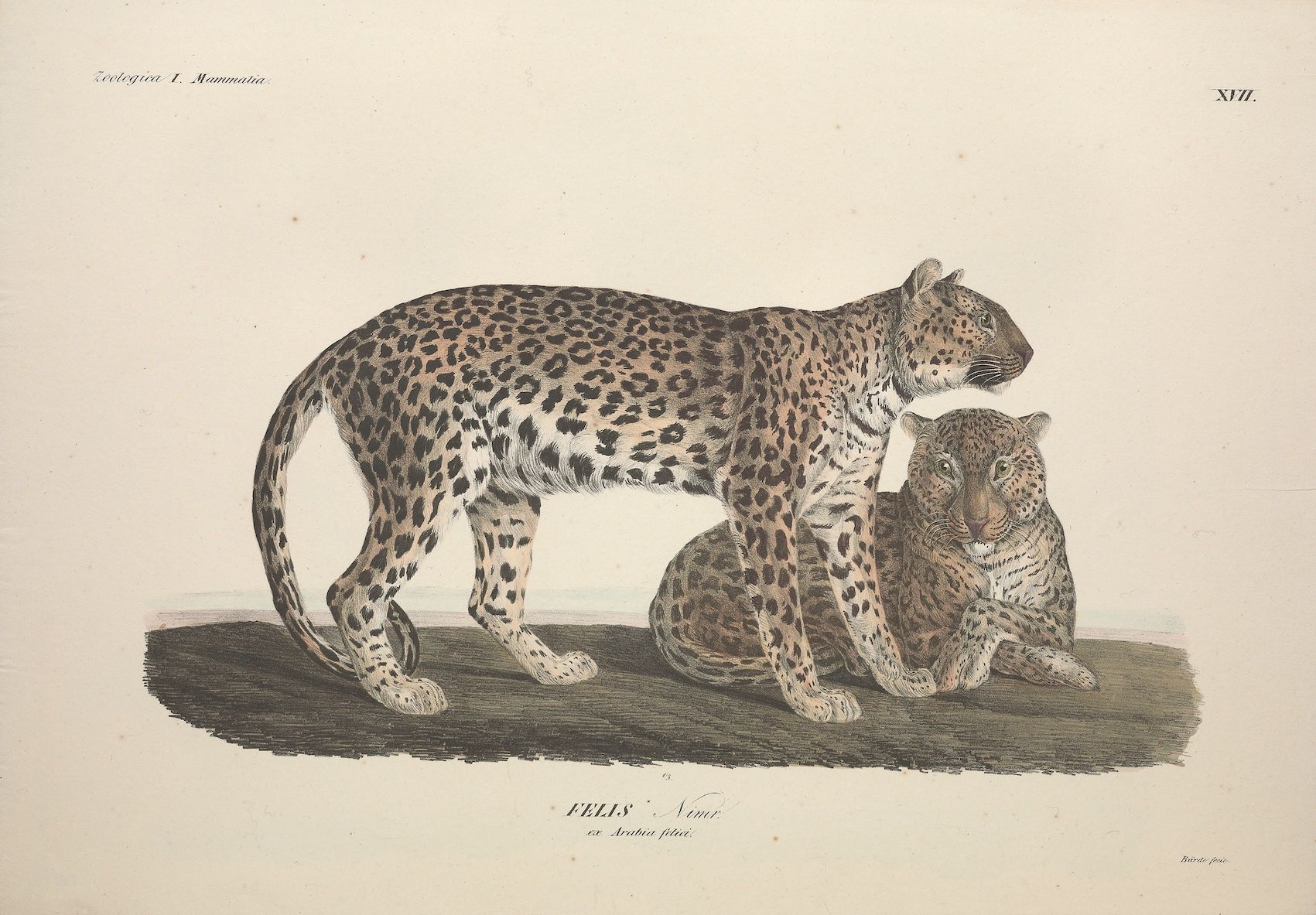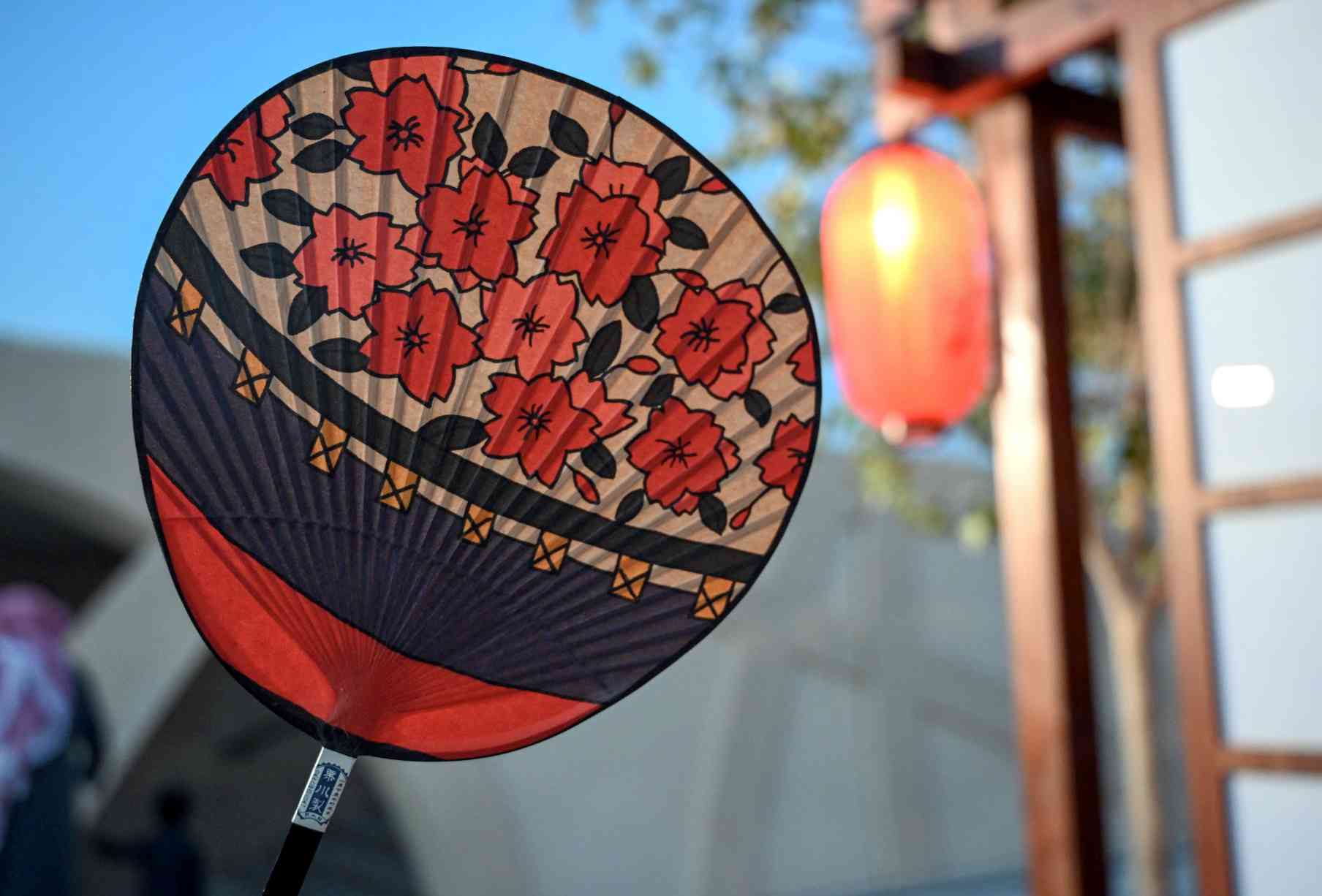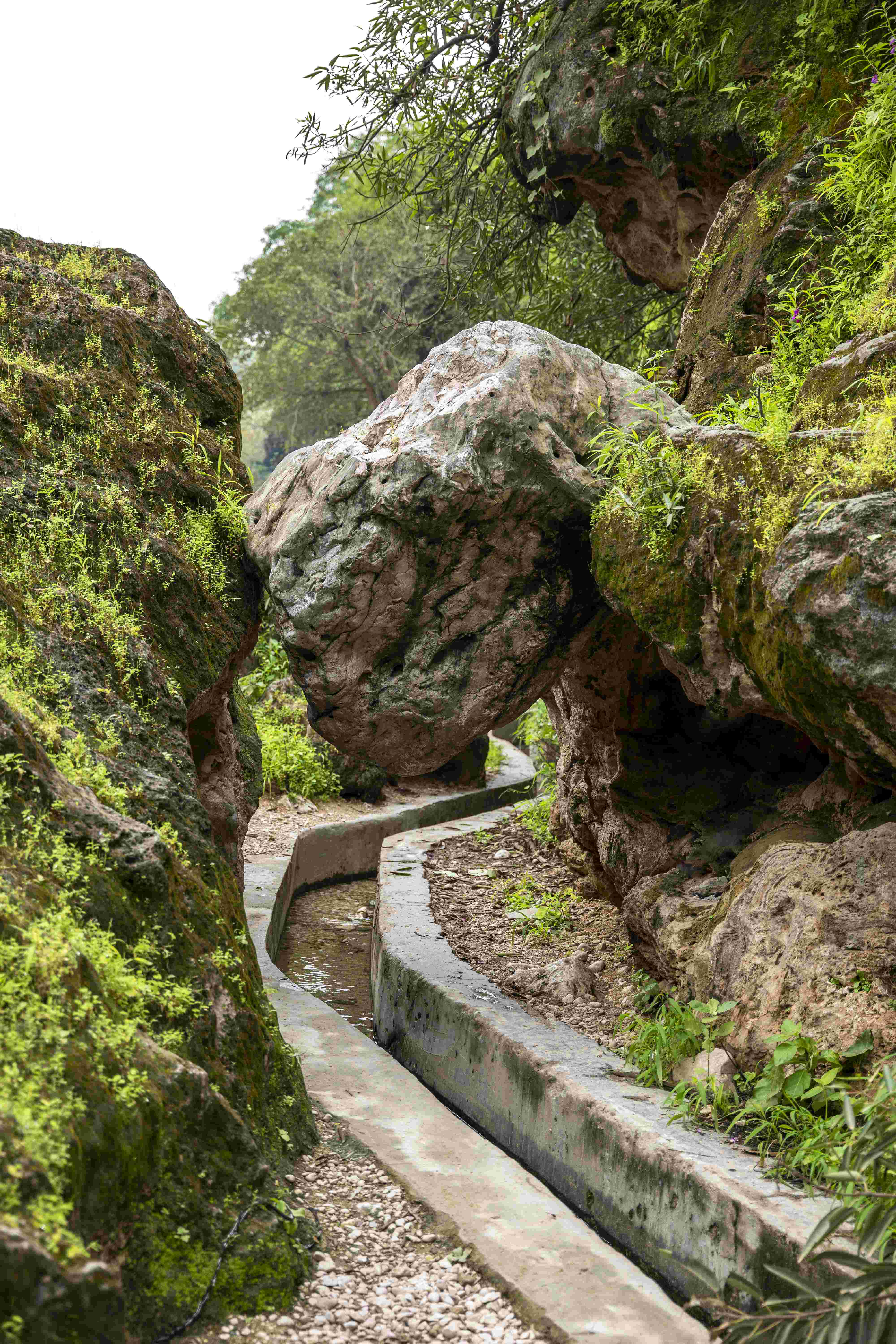Kalila wa Dimna — Timeless Animal Fables
The Leopard's Court - ‘Leopard Bearing Lion's Order to Fellow Judges,’ Folio 51 recto from Kalila wa Dimna, dating to the second quarter of the 16th century. Ink and opaque watercolor on paper.
Part of The Metropolitan Museum of Art collection’s open Public Domain art. Credit Line: The Alice and Nasli Heeramaneck Collection, Gift of Alice Heeramaneck, 1981.
Like the beloved Aesop’s Fables, Kalīlah and Dimnah is a collection of animal fables that were written not just for moral instruction to three young princes, who were unruly at the time and had to learn to be wiser rulers, but also for the amusement and reflection of whoever reads them.
The original manuscript contains seventy-eight paintings and many text folios telling the famous tales of the two jackals Kalila and Dimna. Each was clever and intelligent, but of the two Dimna was greedier, more ambitious and manipulative.
Based on the Panchatantra written by Vidyapati (Bidpai), dating to the 3rd century BCE, the stories spread all over the Middle East in the 8th century after being translated into Arabic by the scholar and state official Ibn al-Muqaffa’ — where they became and remain wildly popular.
Witty, humor’s and philosophical, these fables of vice and virtue are constantly revisited and reimagined by writers and artists across the world.
In this particular folio featured here, we meet the wise leopard. It is called The Leopard's Court - ‘Leopard Bearing Lion's Order to Fellow Judges’.
Within a colourful, plentiful arabesques-cape of flowers, fruit, and cypress trees, an unwavering leopard sits in judgment on the devious jackal Dimna, whose lies and jealousy resulted in the killing of an innocent ox by his friend, the Lion-king. The jackal frenzied the king against the ox, who regretted killing his friend and ordered Dimna to stand trial. In this Folio, an outraged hare turns away from the jackal in disgust. Leopard, depicted as calm and wise, judges the case and Dimna is found guilty and sentenced to death by starvation.
To find out more about Kalila wa Dimna, visit King Faisal Center for Research and Islamic Studies (KFCRIS) and their special collection of manuscripts, where a copy, written by Muḥammad ibn ʿAlī al-Ḥanafī, is believed to be the second oldest copy existing in the world of Kalila wa Dimna.
To read the fables of Kalila wa Dimna, explore their comprehensive book ‘Kalila and Dinah: Fabes of Virtue and Vice’ by the Library of Arabic Literature (NYU Abu Dhabi and NYU Press).


